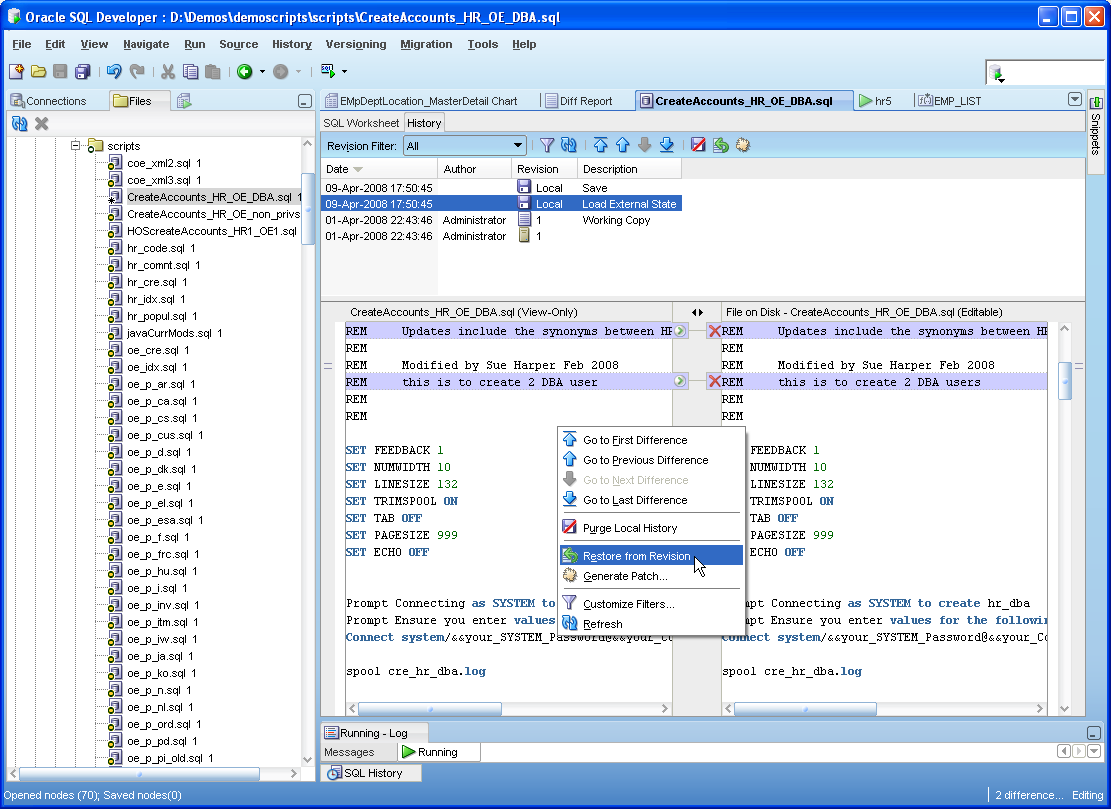

Using DISTINCT is OK in many cases, however, it can be a symptom of a different issue. This seems simple, and it’s a useful command. The DISTINCT keyword in SQL allows you to return unique records in the result set by eliminating duplicate results. However, make sure you test both versions of the query for performance, as there may be indexes that are used with the UNION query that don’t run with the CASE query. There are a few different ways to write the CASE statement, but the idea is to only have the main query and several criteria in the CASE statement, rather than separate queries. This logic is all inside a subquery, and the outer query filters to show only those records where that CASE is 1. There are several lines, one for each set of criteria, and it returns a 1 if a match is found. The logic to show the right records is in the CASE statement. This query would only run once on the product table and will show the same results as separate SELECT queries with a UNION ALL. This is often implemented as several SELECT queries joined together using UNION or UNION ALL keywords. The criteria are more than just a simple WHERE clause, and depending on different types of records, the joins and other criteria might be different. I’ve seen several examples of queries that are looking up a range of records based on criteria. This is a type of index that is created on the result of a function applied to the column, which could be used in this query. If you do need to have the function on the column in the WHERE clause, consider creating a function-based index on the column.

Sometimes there is, but other times you need to write the function. To avoid using a function on a column, consider if there’s a way to write the WHERE clause without the function. last_name or monthly_salary) will not be used if a function is applied in the query, which can slow the query down a lot. This is because any indexes that are created on the columns themselves (e.g. Using functions on columns in the WHERE clause should be avoided.


 0 kommentar(er)
0 kommentar(er)
